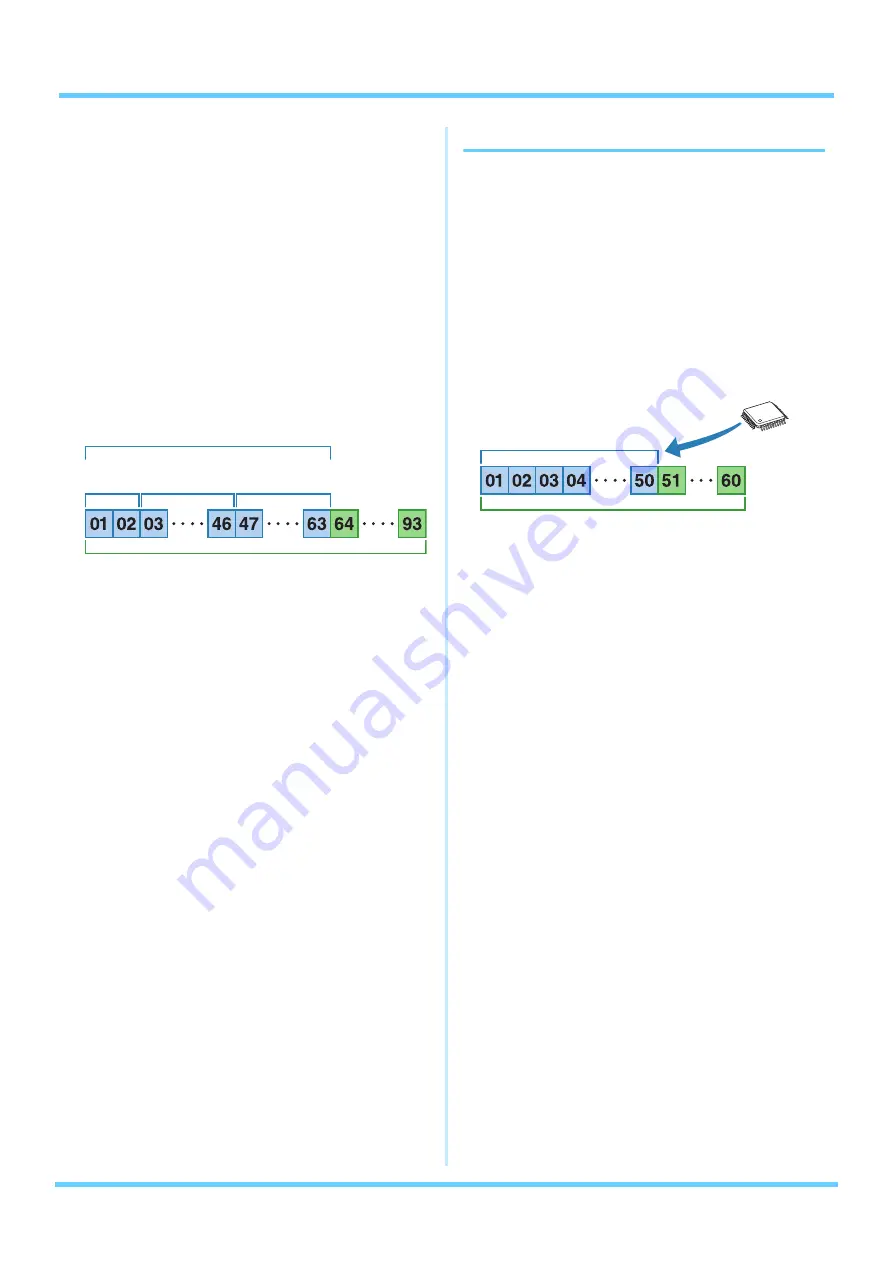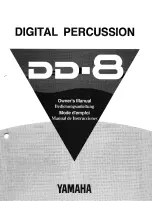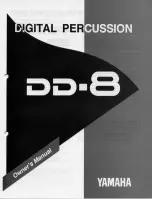
Internal Design of the DTX700
DTX700 Reference Manual
5
Songs
The DTX700 allows you to play complete songs simply by
striking one pad. In the same way as snare sounds are produced
by striking a pad to which a snare voice has been assigned, you
can start and stop the playback of songs by striking the pads to
which they are assigned. In effect, pads with song assignments
operate as start/stop switches whenever struck (regardless of
how hard or soft they are actually struck). Your DTX700 comes
pre-loaded with 63 songs containing performance data from a
host of different instrument genres (i.e., 2 demo songs, 44 prac-
tice songs, and 17 pad songs), and by assigning these freely to
pads, you can easily create highly individualized kits. For even
more flexibility, you can also copy performances you have
recorded (using the [REC] button) and even import standard
MIDI files (Format 0) to create a total of 93 songs
Waves
The DTX700 is fully equipped to play back audio files that can
be created, edited, and played on computers. Commonly called
“samples” or “sample data”, these files contain short portions
of sound. In the context of the DTX700, however, they are
referred to as “waves”. Either WAV or AIFF type audio files
can be imported into the instrument’s internal wave memory
and assigned to pads in much the same way as voices and songs
. You can also edit imported waves. As audio files
imported into the DTX700’s wave memory are assigned to pads
as a single sound much like voices and songs, the term “wave
data” is used within this manual in the same way as “voice
data” or “song data”. In contrast, the term “wave file” is used to
refer to data that has not yet been imported and is handled in the
form of a file on a computer, sampler, or USB memory device.
Kit Makeup
In terms of the DTX700, the term “kit” is used to refer to a collec-
tion of voices, songs, and waves assigned to the trigger input jacks
(
q
to
!2
) and the [HI-HAT CONTROL] jack (open and closed).
For added convenience, the drum trigger module comes pre-loaded
with 50 different Preset kits. You are, however, free to make your
own unique kits in whatever way you see fit, and up to 60 can also
be stored internally. And if, for whatever reason, you need to restart
your customizing from scratch, you can press the [KIT] button to
access the Kit area and then press the [F3] button (INIT KIT) to
restore the factory default settings.
Kits & Voices
Within the DTX700, voice data is grouped and stored in kit
units. In other words, each kit contains the voice-related infor-
mation for all of its pad and controller assignments. Whenever
a kit is created by editing voices, the voices themselves are not
stored within the kit; instead, the settings for all associated
parameters – such as tuning, stereo pan, attack time, release
time, effects, etc. – are stored. As you would expect, each of the
pads can have different parameter settings
. There-
fore, even when the display shows the same voice assigned to
two or more pads, the sounds produced by each will not neces-
sarily be the same.
Preset songs (63)
Demo
songs (2)
Practice songs
(44)
Pad songs
(17)
Total capacity for songs (93)
Preset kits (50)
Total capacity for kits (60)
Using INIT KIT, you can
restore the factory default
settings for Preset kits.



























